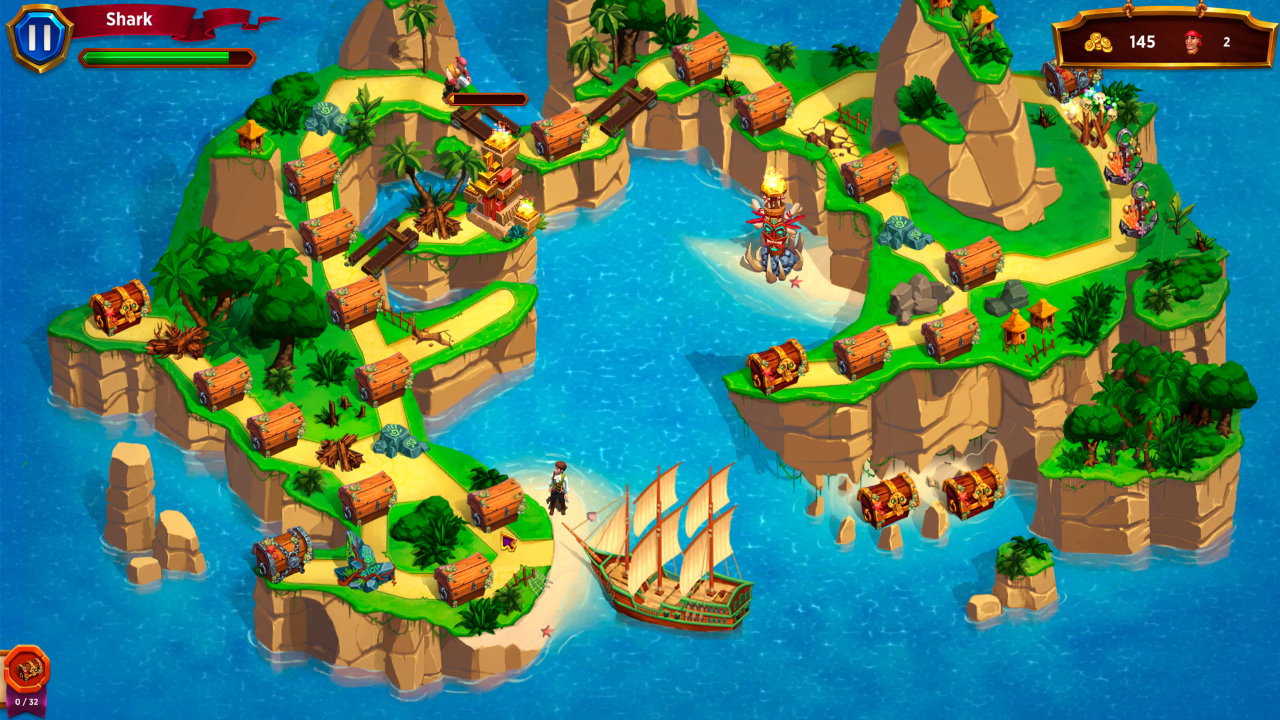
The opening of the Suez Canal in 1869, allowed for easier connection from Europe to its colonies and trade to the Middle East. Worldwide trade ballooned in the second half of the nineteenth century. The steamship, the Fire Dart alone turned a profit of $175,000 its first year. After the Second Opium War between Great Britain and China (1856–1860), additional Chinese coastal ports and inland rivers opened up for trade. With their shallow draft, steamships could sail closer to land and venture into the rivers. It demonstrated Congressional willingness to interact with the merchant marine in general, and steamship business in particular. The modern Merchant Marine can be dated to the passage of Postal Aid Law on March 3, 1891, which awarded contracts to American flag ships. Over the next 20 years, several merchants began importing bananas. Before 1870, approximately only one in every 10,000 U.S. Ships of the American Merchant Marine could travel to the West Indies and Central American to import tropical fruits. With the end of the Civil War, restrictions were lifted on navigation. Glass plate image of workers unloading cargo, SSHSA Archives. While some of the space was used for luxuries like libraries and smoking rooms for wealthier travelers, most went to increasing the number of steerage passengers, which was more profitable than carrying cabin-class passengers. The average size of a passenger ship jumped by 3,000 tons every decade. This also meant increasing the size of ships. The highly competitive business forced down prices and made it necessary to increase the number of passengers on ships. And the United States gained an influx of people desperately needing and willing to work. The emigrant trade profited everyone involved. Steamships also had a greater degree of control while moving in and out of ports, which allowed for multiple stops before making the ocean transit. New types of cargo could now be carried safely and profitably. The steamship shortened the trip from Europe to the United States from a few months to a few weeks, significantly impacting international trade. The transition from sail to steam in the nineteenth century had a dramatic impact on ocean transportation.

These cargo vessels can move goods around the world safely, more efficiently, and with a lower environmental impact than other modes of transportation.
#Merchants of the caribbean steam drivers#
The maritime industry is one of the main drivers of globalization and trade with ninety percent (90%) of all consumer goods having spent a portion of their journey on board a ship. ACL container ship ATLANTIC CAUSEWAY on New York Harbor with the twin towers of the World Trade Center in the background.


 0 kommentar(er)
0 kommentar(er)
